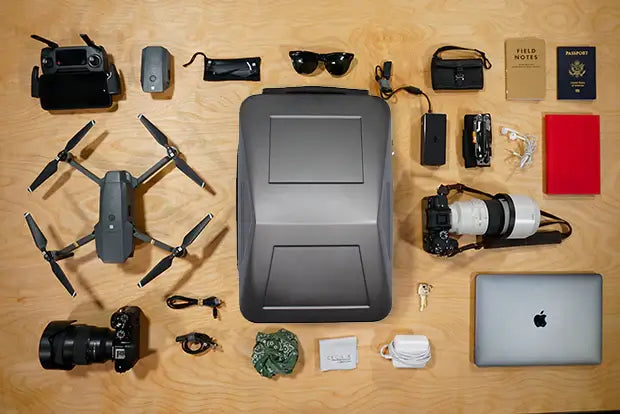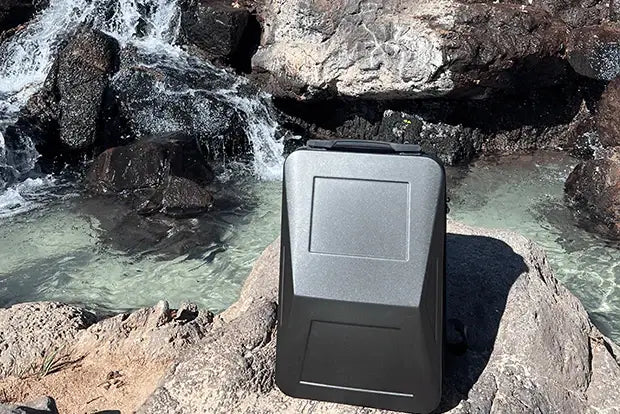Tax credits for electric vehicles will soon change. The new tax credits, however, have intricate rules.
For purchasers of electric vehicles, the Inflation Reduction Act of 2022 will have significant consequences. Some EVs may start qualifying for tax credits once again, whereas some that qualified for it this month may not be eligible in the future. Consumers and industry insiders have many questions as a result of all these changes.
So, what has changed? Before a company surpassed the 200,000 unit sales limit for tax credits available, EV customers earned a $7500 benefit. In contrast, buyers of plug-in hybrid automobiles were given less credit. The new tax credits replace this system by removing the limit.
However, new restrictions are now in place. These involve things such as supply chains, batteries, and assembly. Moreover, plug-in hybrid automobiles still qualify for some credit. The revamped act also puts restrictions on vehicle prices and the buyer’s income.
What were the old eligibility requirements?
The old rules involving EV tax credits were relatively relaxed. The main requirements were:
- The weight of the vehicle should be below 14,000 pounds
- It should have a battery, with over 5kWh capacity, that could be recharged only when you plugged it in
- These rules applied to hybrids and electric cars, with credits within the range of 2500 dollars to 7500 dollars.
To be eligible for the entire $7,500 credit, vehicles were required to have a battery range of 70 miles at least and less than 50g/km of total CO2 emissions. Since all EVs meet these criteria, these rules mostly only affected plug-in hybrids.
There was also a 200,000 sales cap for eligible vehicles. However, only General Motors, Toyota, and Tesla were able to reach this limit.
What are the requirements for the new tax credits?
The new act goes through all the ways it impacts the electric vehicle tax credits. Some of these changes were effective immediately whereas others were not. The main goal of these new tax credits is to bring more electric vehicle/EV battery production and encourage EV adoption in the U.S.
Starting August 16, vehicles need to have been assembled in the U.S., Mexico, or Canada. Moreover, the renaming of the new tax credits to “Clean Vehicle Credit” means it applies to all clean vehicles.
Primarily that means plug-in hybrids and electric cars but can also include HFC vehicles that fulfill every other requirement. However, hydrogen vehicles are not very common, and the ones that are being sold in the United States underwent their final assembly in Asia. This means none of them qualify at the moment.
What changes to expect in the foreseeable future?
In January 2023, the 200,000 sales cap will be eliminated, which would have a substantial effect on electric vehicle tax incentives. This implies that the entire $7,500 tax credit will be applied to all new Toyota, General Motors, or Tesla automobiles that meet all other eligibility requirements.
However, a lot of it relies on those cars meeting the rest of the upcoming eligibility standards, which will be stricter next year. These particulars of these requirements are still pending confirmation. The IRS is in charge of detailing all the changes.
From everything we have heard until now, a limit on the tax credit based on vehicle price and the buyer’s income will be a major change. Vehicles with more than $55K MSRP will not be eligible, whereas an $80K MSRP limit will apply to trucks.
Single filers that earn more than 150K dollars are also not eligible. Additionally, that number is raised to 225K dollars for people with “Head of the household” filing status and 300K dollars for joint tax filings.
According to reports, the largest barrier to receiving the tax credit will appear in 2024 when tighter American-made requirements go into effect. According to earlier estimates, this will need sourcing 40% of battery components from North America or a nation with which the United States has a free-trade agreement. This will go so far as to require that all battery components be produced in North America by 2029.
Batteries made from minerals that have been extracted, processed, or recycled by a major international corporation are prohibited. This group includes China, which currently controls over 79 percent of the world's lithium-ion battery production capacity.
Beginning around 2024, you will be able to claim your tax credit at the point of sale. As a result, consumers will receive a discount. However, as this will only be available from authorized dealers, it won't apply to everyone.
Which automobiles fall under the new regulations?
A list of vehicles that may qualify for the existing tax credit requirements and have their final assembly done in North America has been made public by the US Department of Energy.
Even though it isn't as long as the previous list, it does contain a lot of PHEVs (plug-in hybrid) and electric vehicles. More cars may be eligible if their manufacturing is moved to North America, therefore this list is not final.
- Mercedes EQS
- Rivian R1T
- Rivian R1S
- Rivian EDV van
- Nissan Leaf
- Lucid Air
- Ford E-Transit van
- Ford Mustang Mach-E
- Ford F-150 Lightning
- Lincoln Corsair PHEV
- Lincoln Aviator PHEV
- Volvo S60 T8 Recharge PHEV
- Jeep Wrangler PHEV
- Jeep Grand Cherokee PHEV
- Ford Escape PHEV
- Chrysler Pacifica PHEV
- BMW X5 xDrive 45e PHEV
- BMW 3-series 330e PHEV
- Audi Q5 PHEV
There are currently nine electric cars and ten plug-in hybrids, for a total of 19, that may qualify. which is far fewer than the 72 vehicles that were qualified before August 16.
Nine electrified vehicles that are built in North America are listed below, however, they are now ineligible simply because the manufacturer has already reached the 200,000 sales threshold. These vehicles might be eligible for the tax credit in 2023 if they satisfy all the other requirements.
- Cadillac Lyriq
- Tesla Model Y
- Tesla Model X
- Tesla Model S
- Tesla Model 3
- GMC Hummer EV SUV
- GMC Hummer EV Pickup
- Chevy Bolt EV
- Chevy Bolt EUV
It's important to note that several of the vehicles on the list are more expensive than the specified $55K and $80K sales cap. For instance, the Cadillac Lyriq starts at $62,990, while the Lucid Air starts at $87,400. The number of EVs that are eligible is going to decrease even further, assuming those caps are maintained.
It's also important to keep in mind that these vehicles might satisfy the specifications for final assembly. That might not be the case for every automobile produced because automakers can manufacture their vehicles in various areas.
Wrapping Up
The federal electric vehicle tax credit has been revamped as a result of the Inflation Reduction Act. The $7,500 tax credit for new plug-in vehicles is still available, but the requirements have undergone a major revision.
There are many changes, some good and some bad, but the most important thing for purchasers to understand is that the list of qualifying automobiles has significantly shrunk since it first began.
As part of the Inflation Reduction Act that was passed on August 16, we learned that the EV tax credit will be affected a few weeks ago. Although it was first stated that the credit would undergo revisions on January 1, 2023, some of the changes are already in effect.












